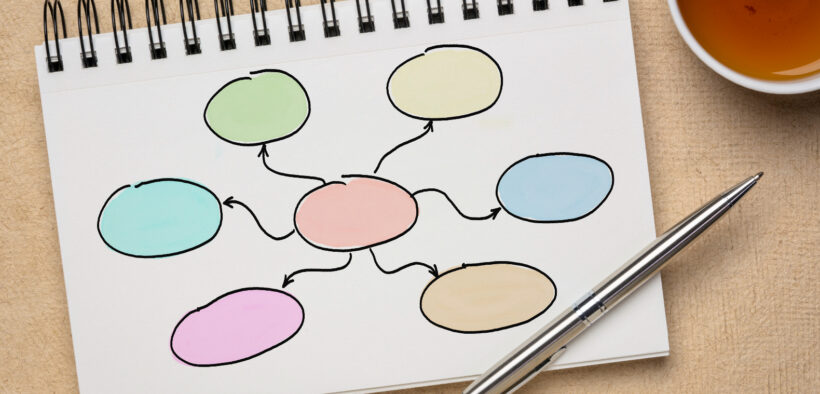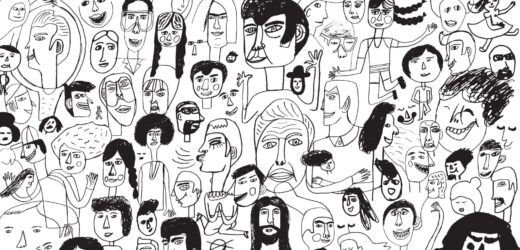We learn by connecting new information to prior knowledge (Palfreman, 1992). Much of this involves categorizing information according to patterns. Whereas the average American football fan just sees 11 individual defenders on the field, a veteran NFL quarterback sees the formation within the context of a category, such as a “two-deep zone.” This allows him to quickly interpret formations and decide how to react to them. In this way, much of expertise comes down to accumulating a storehouse of categories for structuring new information.
Related Articles
I have two loves: teaching and learning. Although I love them for different reasons, I’ve been passionate about...
Could doodles, sketches, and stick figures help to keep the college reading apocalypse at bay?...
We’ve all faced it: the daunting stack of student work, each submission representing hours of potential grading. The...
Storytelling is one of the most powerful means of communication as it can captivate the audience, improving retention...
For some of us, it takes some time to get into the swing of summer. Some of us...
About a year ago, I decided to combine the ideas of a syllabus activity and a get-to-know-students activity....
The use of AI in higher education is growing, but many faculty members are still looking for ways...









